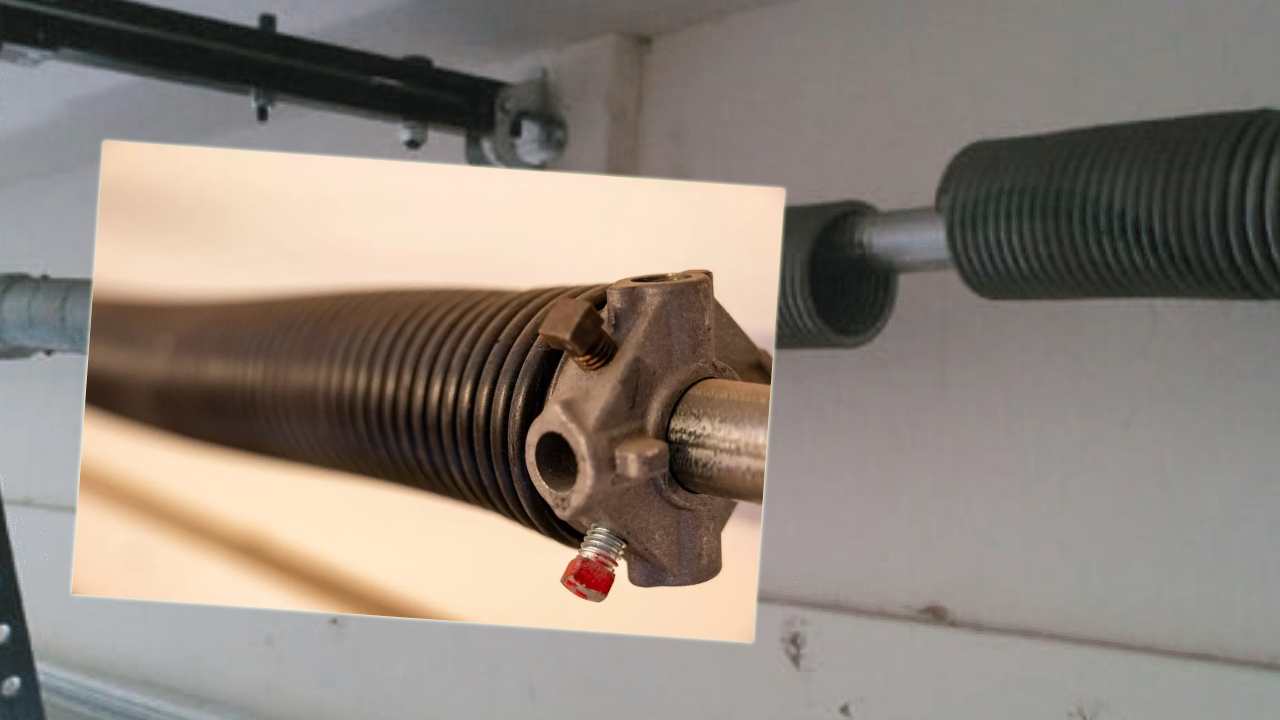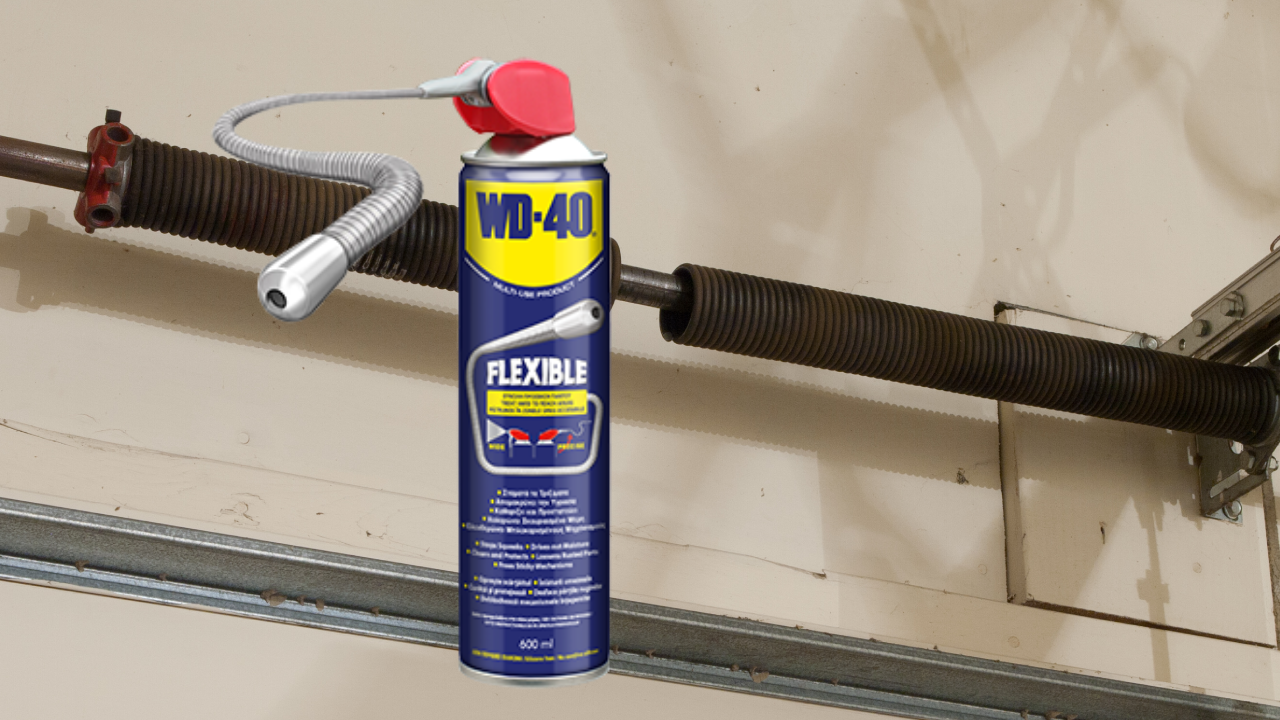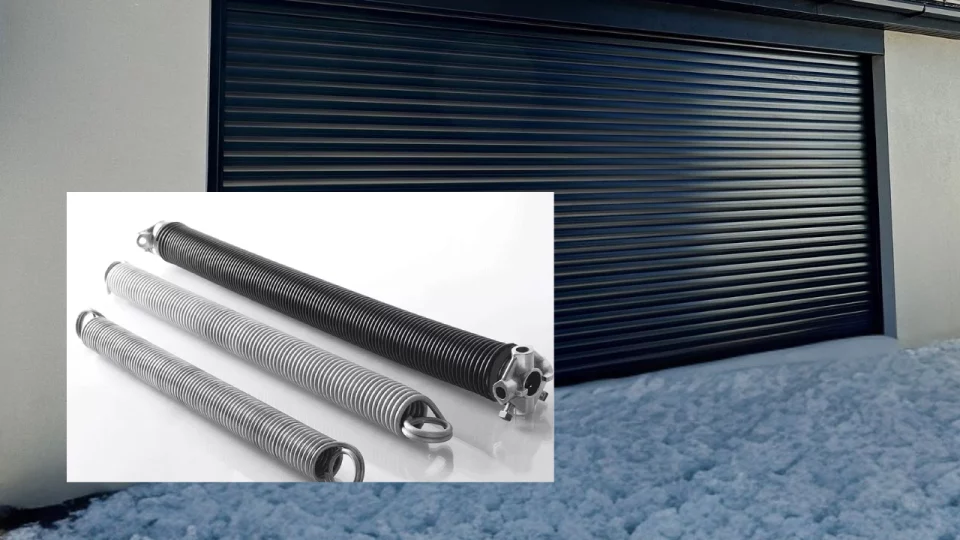As winter approaches, homeowners across colder regions prepare their homes for the chilly months ahead. While many focus on heating systems, insulation, and outdoor plumbing, one critical component often overlooked is the garage door—particularly its springs. The garage door is likely the largest moving component in your home, and it endures significant wear and tear throughout the year. But as temperatures drop and conditions become more extreme, the garage door springs, in particular, are vulnerable to damage. Properly maintaining these springs before winter can save you from costly repairs, potential safety hazards, and significant inconveniences when snow and ice make daily tasks harder.
In this comprehensive guide, we will explore why it’s essential to care for your garage door springs before winter arrives, and provide you with practical, step-by-step instructions on how to maintain them effectively.
Whether you’re a seasoned DIYer or simply a homeowner looking to avoid winter mishaps, this article will give you the knowledge you need to keep your garage door running smoothly through the colder months.
Table of Contents
Why is Winter Maintenance Important for Garage Door Springs?

Garage door springs—whether torsion or extension types—play an essential role in balancing the heavy weight of the door and allowing it to open and close effortlessly. These springs are constantly under pressure, and cold weather can make the metal brittle and prone to snapping, which can lead to a dangerous and inconvenient situation. Here are some key reasons why winter maintenance for garage door springs is particularly important:
1. Temperature Fluctuations
In colder months, materials, including metal springs, contract and expand in response to changing temperatures. This expansion and contraction can weaken the springs over time, particularly in regions with severe winters. The colder the metal gets, the more susceptible it becomes to fatigue and breakage.
2. Corrosion and Rust
Winter moisture, especially in regions where snow and ice are prevalent, can lead to corrosion of metal parts. Rust buildup on springs can reduce their flexibility and strength, causing them to snap or malfunction more easily.
3. Increased Strain on Springs
In winter, garage doors may encounter added resistance from snow buildup, ice, and increased wind. This additional resistance puts more strain on the garage door springs, which may already be weakened by cold temperatures.
4. Safety Concerns
A broken spring can cause a garage door to slam shut unexpectedly, leading to potential injury or damage to vehicles, equipment, or other stored items. During winter, when families may rely more on garage access due to harsh outdoor conditions, keeping the springs in good shape is even more critical for safety.
5. Prevent Costly Repairs
Garage door repairs can be expensive, especially when it comes to emergency services during the winter. A preventative approach can save you hundreds, if not thousands, of dollars by extending the life of your springs and avoiding mid-winter breakdowns.
Types of Garage Door Springs and How They Function
Before diving into maintenance tips, it’s important to understand the two main types of garage door springs: torsion springs and extension springs. These springs function differently but both serve the same purpose—to lift and lower the heavy garage door.
1. Torsion Springs
Torsion springs are mounted horizontally above the garage door. They work by twisting to create tension. When the door is opened, the springs unwind, helping to lift the door’s weight. When the door is closed, the springs wind up again, storing energy for the next lift.
Torsion springs are typically more durable and last longer than extension springs. However, they are under immense tension and can be dangerous to handle without proper tools and experience.
2. Extension Springs
Extension springs are installed on either side of the garage door, parallel to the tracks. These springs extend as the door closes and contract as it opens. While they are more affordable than torsion springs, they tend to wear out faster and may require more frequent maintenance.
Understanding which type of spring your garage door uses will help guide your maintenance approach.
Step-by-Step Guide to Maintaining Garage Door Springs Before Winter

Now that you understand the importance of maintenance and the different types of springs, let’s dive into a step-by-step guide to ensure your springs are in optimal condition before the first frost hits.
Step 1: Inspect the Springs for Wear and Tear
The first step in maintaining your garage door springs is to inspect them for any visible signs of wear and tear. Look for the following warning signs:
- Rust or Corrosion: Rusty springs can weaken and break more easily. If you see rust, it’s important to clean it off and apply a protective lubricant.
- Gaps or Breaks: If you notice any gaps in the coil or signs of a break, it’s time to replace the springs immediately. Never operate the garage door if the springs are broken.
- Stretching or Warping: Over time, springs may stretch or lose their coiling, reducing their ability to lift the door efficiently.
Step 2: Clean the Springs
Over time, dust, debris, and moisture can accumulate on your springs, increasing the chances of rust and wear. To clean the springs:
- Close the garage door completely and disconnect the power supply to the opener to prevent any accidental movement.
- Use a clean cloth or soft brush to remove dirt, grime, and rust from the springs.
- For rust spots, use a fine steel wool or rust remover designed for metal springs.
Regular cleaning will help prevent corrosion and ensure the springs remain flexible during colder months.
Step 3: Lubricate the Springs
Lubricating your garage door springs is one of the most important maintenance tasks, especially before winter. Proper lubrication ensures the springs move smoothly and reduces friction, which can otherwise cause premature wear. Here’s how to lubricate your springs effectively:
- Choose the Right Lubricant: Opt for a silicone-based or lithium-based garage door lubricant. Avoid using WD-40 or other penetrating oils, as they can attract dust and cause gunk buildup.
- Apply Lubricant Evenly: Spray the lubricant along the entire length of the springs, making sure to coat all coils evenly. Wipe off any excess to avoid drips.
- Operate the Door Manually: After applying lubricant, open and close the garage door manually several times to help distribute the lubricant evenly across the springs.
It’s recommended to lubricate your garage door springs every few months, and particularly before the onset of winter, to help them withstand the cold.
Step 4: Check for Proper Spring Balance
A balanced garage door is crucial to the longevity of your springs and the overall function of the door. To check if your garage door springs are balanced:
- Disconnect the Opener: Unplug your automatic opener and open the garage door manually.
- Open the Door Halfway: Lift the door about halfway and release it.
- If the door stays in place, the springs are properly balanced.
- If the door falls, the springs are under too much tension.
- If the door rises, the springs are too loose.
If your garage door is unbalanced, do not attempt to adjust the springs yourself unless you have the proper training and tools. Contact a professional technician to make the necessary adjustments safely.
Step 5: Tighten Any Loose Hardware
Garage door systems include various components—bolts, nuts, brackets, and cables—that should be checked and tightened regularly. Loose hardware can put added strain on the springs and reduce their lifespan. Here’s how to handle this step:
- Inspect the brackets that attach the springs to the door and the garage wall. Tighten any loose bolts or nuts you find.
- Look at the cables attached to the extension springs. Ensure they’re not frayed or worn out, and that they’re properly secured.
Routine checks of the surrounding hardware will help distribute the load evenly, reducing unnecessary wear on the springs.
Step 6: Schedule a Professional Inspection
While DIY maintenance can go a long way in preserving the health of your garage door springs, it’s also a good idea to schedule a professional inspection once a year, especially before winter. A trained technician will have the experience and tools to check for deeper issues, make fine adjustments, and ensure your garage door system is running safely and efficiently.
Additional Winter Maintenance Tips for Garage Doors
While the focus of this article is on spring maintenance, it’s important to remember that the springs are just one part of the overall system. Here are a few additional steps you can take to ensure your garage door is ready for winter:
- Weatherstripping: Check the weatherstripping along the bottom and sides of your garage door. Replace it if it’s cracked or worn to prevent drafts and moisture from entering your garage.
- Check the Garage Door Opener: Test your garage door opener’s settings and battery (if applicable). Cold weather can sometimes affect its performance, so make sure everything is functioning properly.
- Clear Snow and Ice Regularly: After snowstorms, clear snow and ice from around the base of your garage door. This will prevent the door from freezing shut or placing extra strain on the springs and motor.
